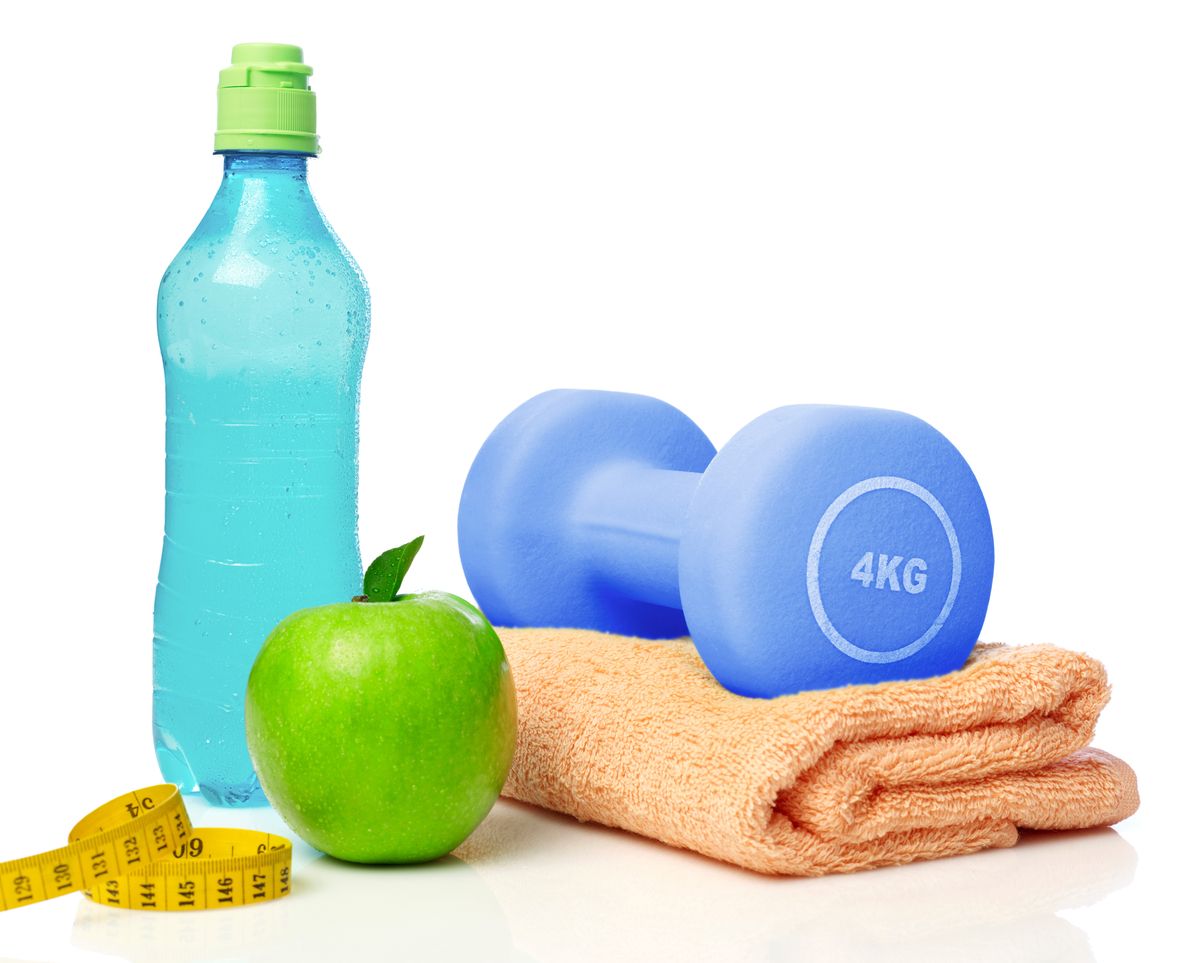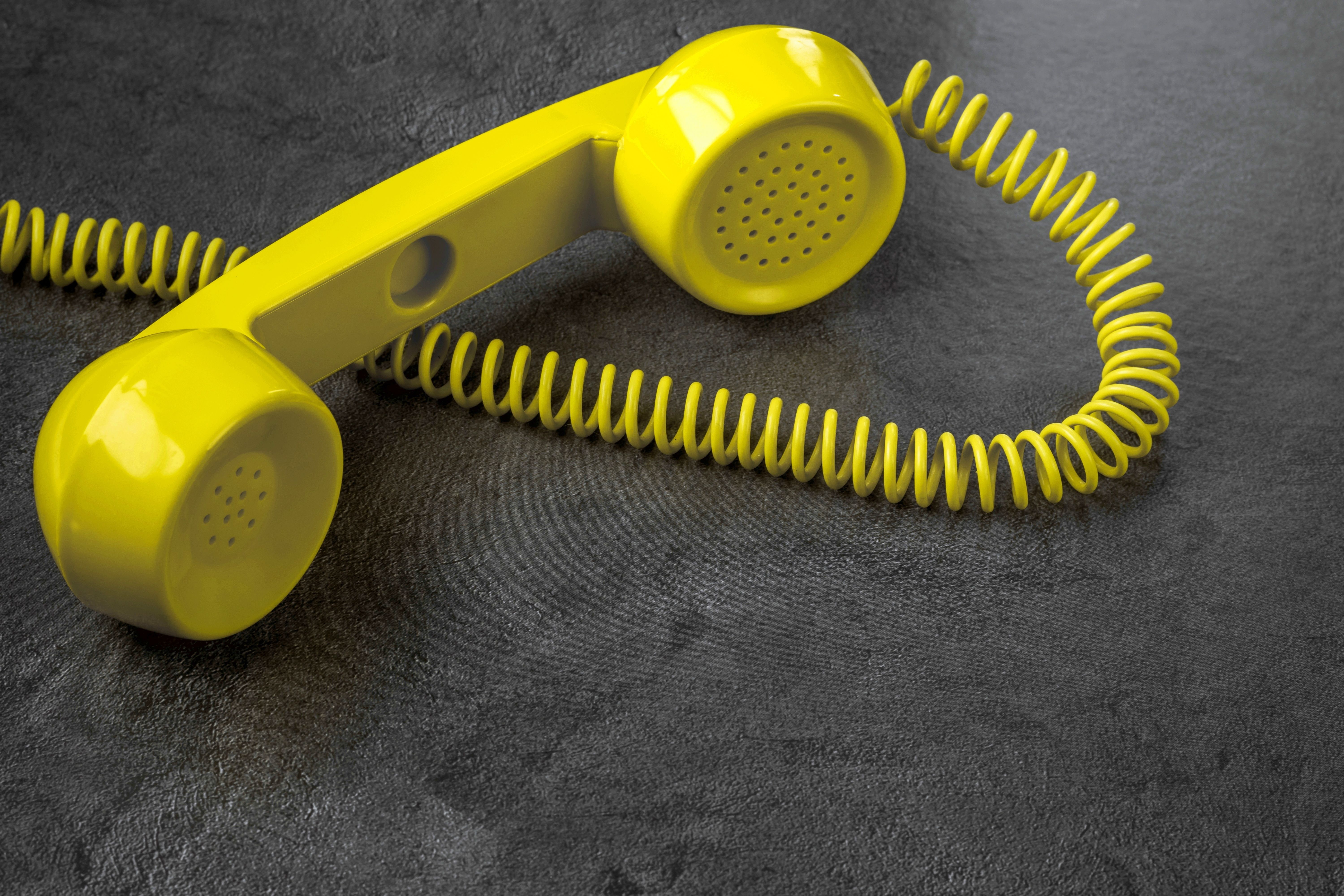Article
A Call to Action for Unsung Oncology Heroes
Editor’s Note: This piece was submitted by a contributing writer and does not represent the views of CURE Media Group.
I have been an oncology nurse since 1971 when Nixon first proclaimed the “War On Cancer.” I have seen firsthand the devastation this frightening illness has imposed on thousands of patients and their loved ones. Despite new promising treatment options for a number of malignancies, however, the ominous threat of cancer remains. Those diagnosed continue to fear the likelihood of a premature death, while families silently suffer anticipatory grief. Another aspect remains constant. Lay family caregivers, not health care institutions, are expected to provide the majority of care for those with serious illnesses like cancer.1
A recent joint report from the National Alliance for Caregiving and the American Association of Retired Persons (AARP) quantified that one in five adults — about 43.5 million Americans – are providing uncompensated care to sick, frail or disabled loved ones with the economic value estimated at $470 billion in 2013.2,3 Eighty-five percent of these family members are caring for a relative, namely a parent or parent-in-law in half of these cases, a spouse or partner for another twelve percent, and the remaining a mix of uncles, aunts, grandparents and others. Putting their lives on hold, nearly a quarter of caregivers report that their health has been negatively affected, as evidenced by delaying or skipping physician visits, having poor eating habits and developing clinical depression. Women and wives in particular fare the worse.
Overall, female caregivers provide the most personal care (i.e., dressing, bathing). Nearly one in four family members spend 41 hours or more a week caregiving. Eighty-four percent state that they need more help and better information and that their major worries include keeping their loved one safe, managing their own stress and making end-of-life decisions.
When I became a cancer caregiver, I had an employer who allowed me to take the time off work I needed to get my husband to his numerous appointments. But I repeatedly thought of those spouses less fortunate than I who were still required to work their 40 hours per week, who didn’t have a sister-in-law who came to help with their husband’s care and who lacked an army of friends who orchestrated meals and helped with childcare. Yet despite this degree of support, even I, an experienced oncology nurse, was overwhelmed. I remember our bathroom being cluttered with dozens of pill bottles. One day after just getting off the phone with my husband’s oncologist, I froze, unable to remember the advice given just minutes before about which combination of medications I needed to change to manage his escalating pain.
We need to learn from the Alzheimer’s experience where the demands of caregiving are acknowledged as evidenced by formal programs to educate, support and provide respite to family carers. The future portends an even greater crisis in caregiving as the percentage of “at risk” elderly (the largest developmental subset to develop cancer) will escalate mostly due to the aging of Baby Boomers and a shrinking pool of caregivers will prevail.4 This is largely driven by households now having two working adults limiting an available caregiver. Geographic distancing of adult children, a high rate of divorce or never-married status, lower fertility and increased rate of childlessness, all contribute to this evolving social trend impacting caregiving potential.
Caregiving can be bidirectional; namely that a patient’s health impacts the health of the caregivers’, and the well-being of the caregiver affects that of the patient.1 Cancer continues to be an equal opportunity oppressor. Only when we recognize — with a significant increase in manpower and programmatic resources - that cancer affects the entire family, will we have the needed supports in place to augment the deleterious effects of cancer on an increasing number of unsung heroes.
References:
1. Wittenberg E & Prosser L (2016). Health as a family affair. New England Journal of Medicine, 374(19): 1804-1806.
2. National Alliance for Caregiving, AARP Public Policy Institute (2015). Caregiving in the United States: 2015 Report. Available @: http://aarp.org/conten/dan/aarp/ppi/2015/caregiving-in-the-united-states-2015-report-revised.pdf.
3. Russo F (2016). The givers. Scientific American Mind, 27(2): 29-37. Schulz R & Eden J (Eds.) (2016). Family caregiving for an aging America. Na





